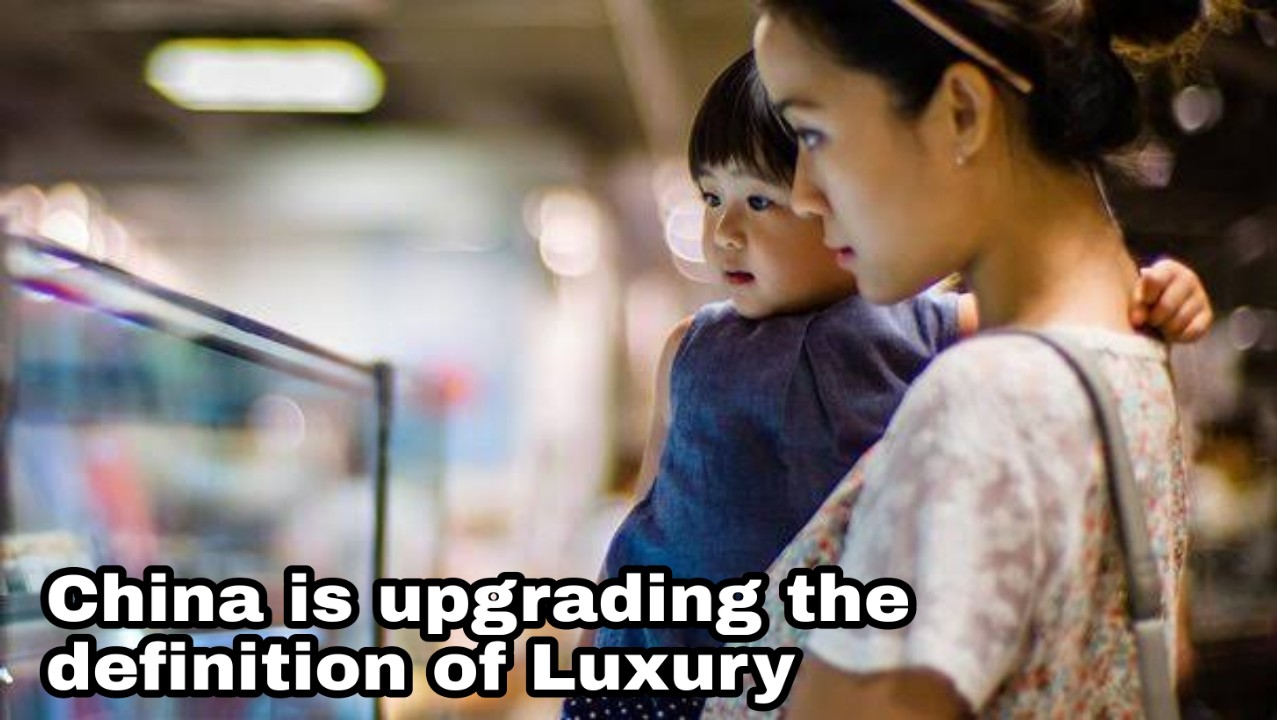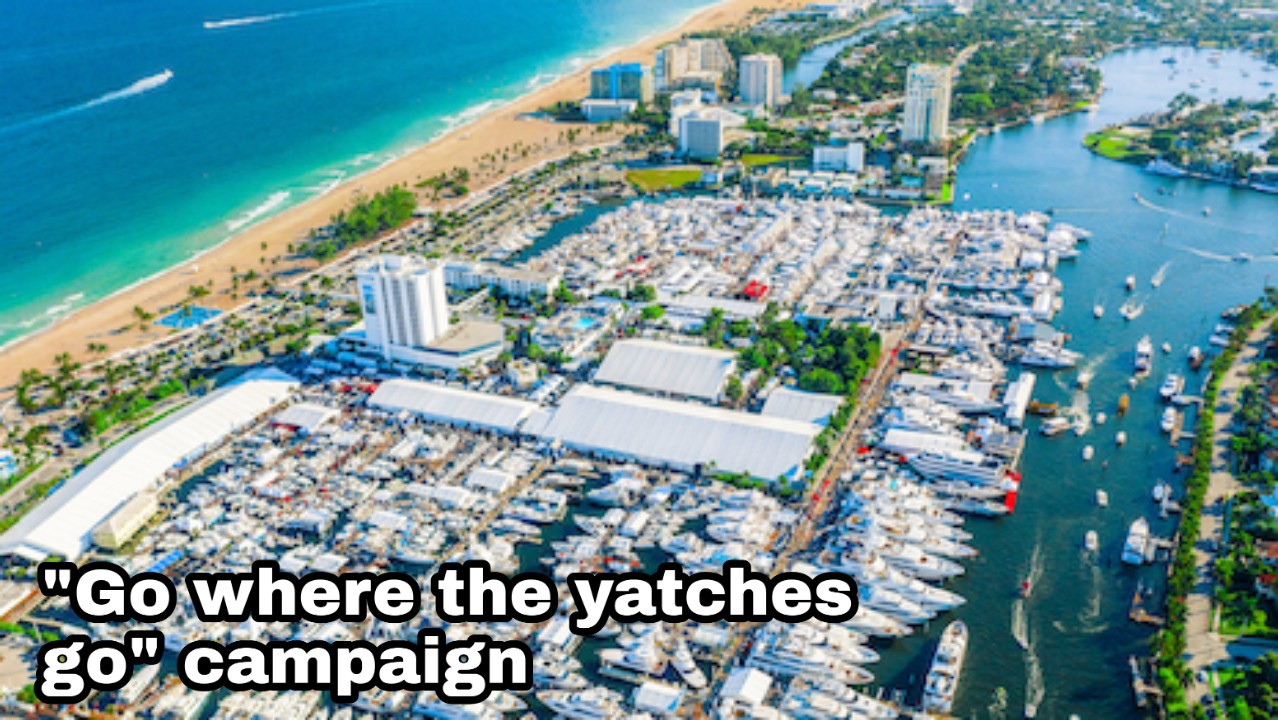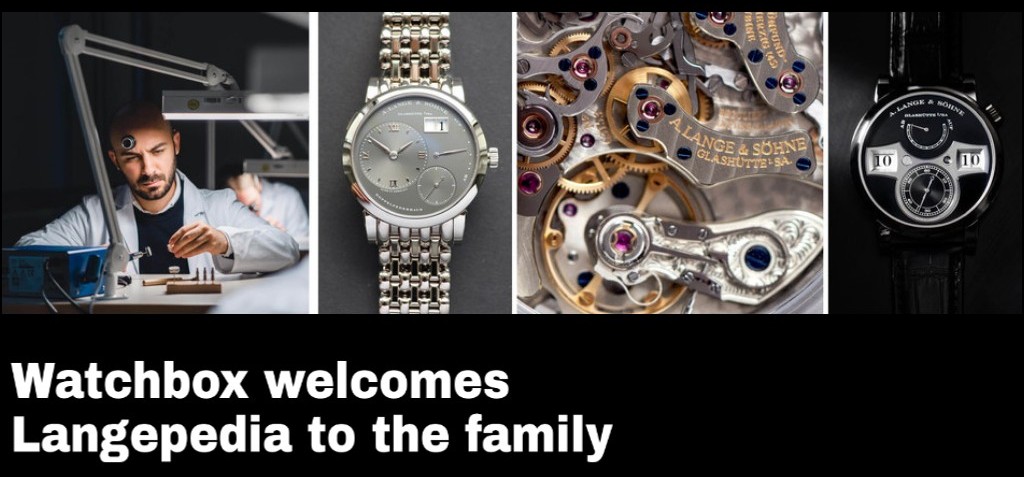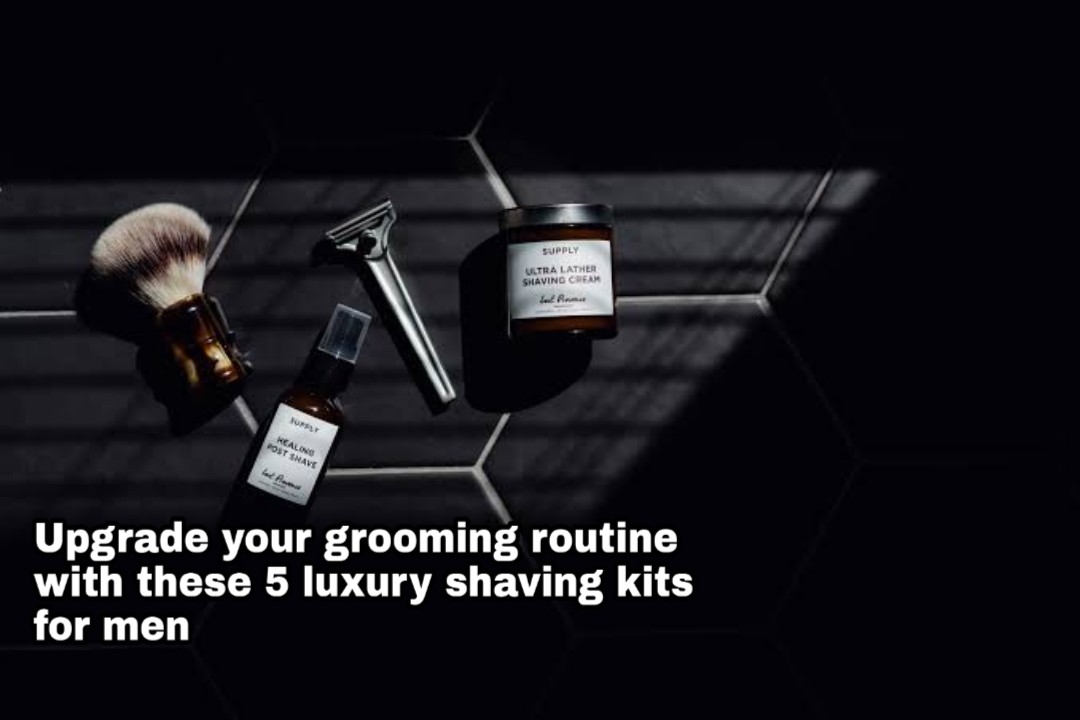Swarovski Empire Loses Its Lustre
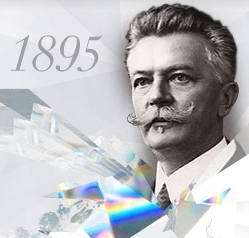
Oversized crystal chandeliers surrounded by mirrors, crystal-studded clouds reflected in the pond: The headquarters of the Swarovski Crystal Empire is as glamorous as you would expect-but the brilliance distracts you from the fierce family feud of the company. Can’t be the future.
Normally, 650,000 tourists flock to the site in the town of Wattens in Austria’s mountainous Tyrol region every year, but the COVID-19 pandemic has not only left it deserted — it has also magnified much deeper issues for the company.
Exactly 125 years after founder Daniel Swarovski developed a machine to cut glass to shimmer like diamonds, his great-great grandchildren now reign over a diversified operation — offering rhinestones to fashion brands, binoculars to hunters, and jewelry and crystal figurines of characters from Mickey Mouse to Princess Leia.
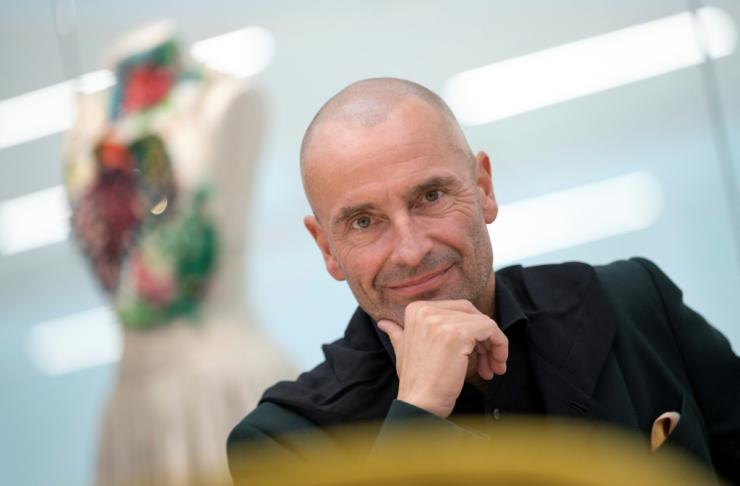
But CEO Robert Buchbauer says a radical change is needed now.
“We are forced to reimagine and rescale our entire Swarovski business,” Buchbauer said at the Wattens headquarters.
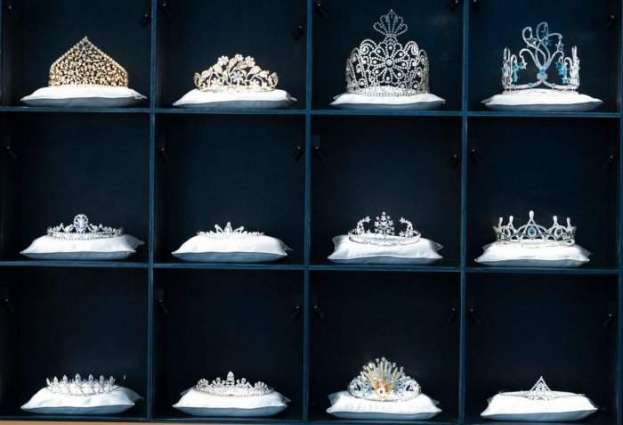
Swarovski’s crystals might have adorned the outfits of celebrities such as Beyonce and Marilyn Monroe, and been used by designers including Christian Dior, but Buchbauer said that among business clients they are losing their luster.
Read More: Teen show up at prom in a Rolls-Royce covered in Swarovski crystals
Crystals made by competitors in China sparkle just as brightly — for as little as 1 percent of the price.
To this already ruinous competition, the pandemic has added “sales shortfalls on a gigantic scale,” Buchbauer said.
Overall revenues for crystals are projected to plummet by 30 percent from 2.7 billion euros (US$3.3 billion) last year to about 1.9 billion euros this year.
Long-planned, sweeping cuts have only become more urgent, Buchbauer said.
He wants to make Swarovski’s crystals more exclusive, producing fewer, larger and more colorful products that can be sold for more.
Mass-market products such as manicure sets and mobile-phone cases graced with Swarovski crystals might have given the company a wide appeal, but they have no place in the future, he said.
.png)
Neither would about 750 of its 3,000 stores worldwide. The downsizing would also mean laying off about 6,000 employees.
The plans are already under way, with about 1,200 employees in Wattens losing their jobs this year and a further 600 posts expected to go next year.
Buchbauer said that unless his plans are executed in full, “we’ll end up among the losers.”
Other clan members are convinced that customers who have been turning to cheaper competitors would not pay higher prices.
Paul Swarovski, a shareholder and former member of the executive board, said that he wants to stop Buchbauer’s plans “before everything goes down the drain.”
He has been joined by Nadja Swarovski, one of three members of the executive board, as well as her father Helmut Swarovski and her uncle Gerhard Swarovski.
In the cut-throat luxury goods industry, Swarovski is one of few entirely family owned businesses left run as a limited partnership.
Initially this was a useful structure for a small-scale manufacturer, but all sides agree it is now an impediment for the international, multibillion-euro operation.
Buchbauer, who became Swarovski’s first ever chief executive officer in April, won approval from shareholders for his own proposal which would bring the Wattens operations under the umbrella of a holding company.
The plan won the backing of family members holding about 80 percent of shares — a “legally effective” decision, said Buchbauer, who stands to gain more power from the change.
Nadja, Helmut, Gerhard and Paul Swarovski and others objected, saying that the roughly 20 percent of shares they hold gives them veto power.
They have filed for arbitration, hoping that Buchbauer’s move will be nullified.
Paul Swarovski insists that Buchbauer must go.
“As long as the captain who is steering us toward a reef has his hands at the tiller, one has to make sure to get him away from the tiller,” he said.
Meanwhile, members of the clan posting photographs of luxury holidays on social media or descending from helicopters for meetings in Wattens have only added to the frustration and disbelief of employees, union representative Selina Staerz said.
“We don’t feel like we are the heart of the company anymore,” Staerz said in between advice sessions for laid-off staff.
In a region otherwise dependent on tourism where Swarovski is the single largest employer, ex-employees could struggle to find new jobs.
Although Buchbauer said that no further cuts would be necessary after next year, rumors persist that the whole operation would be transferred to neighboring Switzerland.
Either way, Staerz said, people have lost faith in an employer once lauded for providing benefits such as childcare and housing.
Moreover, she said that many staff do not believe that Swarovski will succeed in becoming an affordable luxury brand.
“The super wealthy don’t need our Swarovski crystals. They can buy diamonds,” she said.

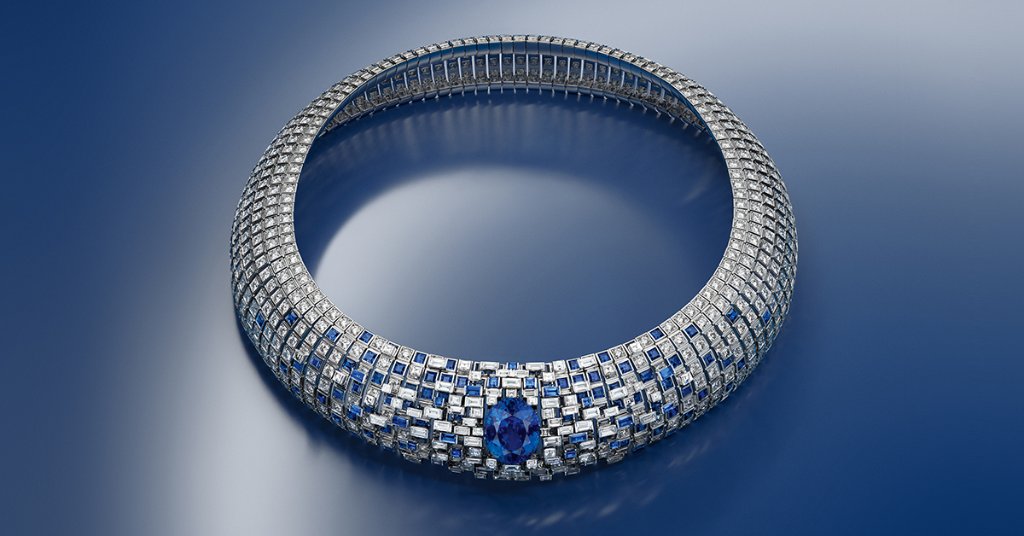
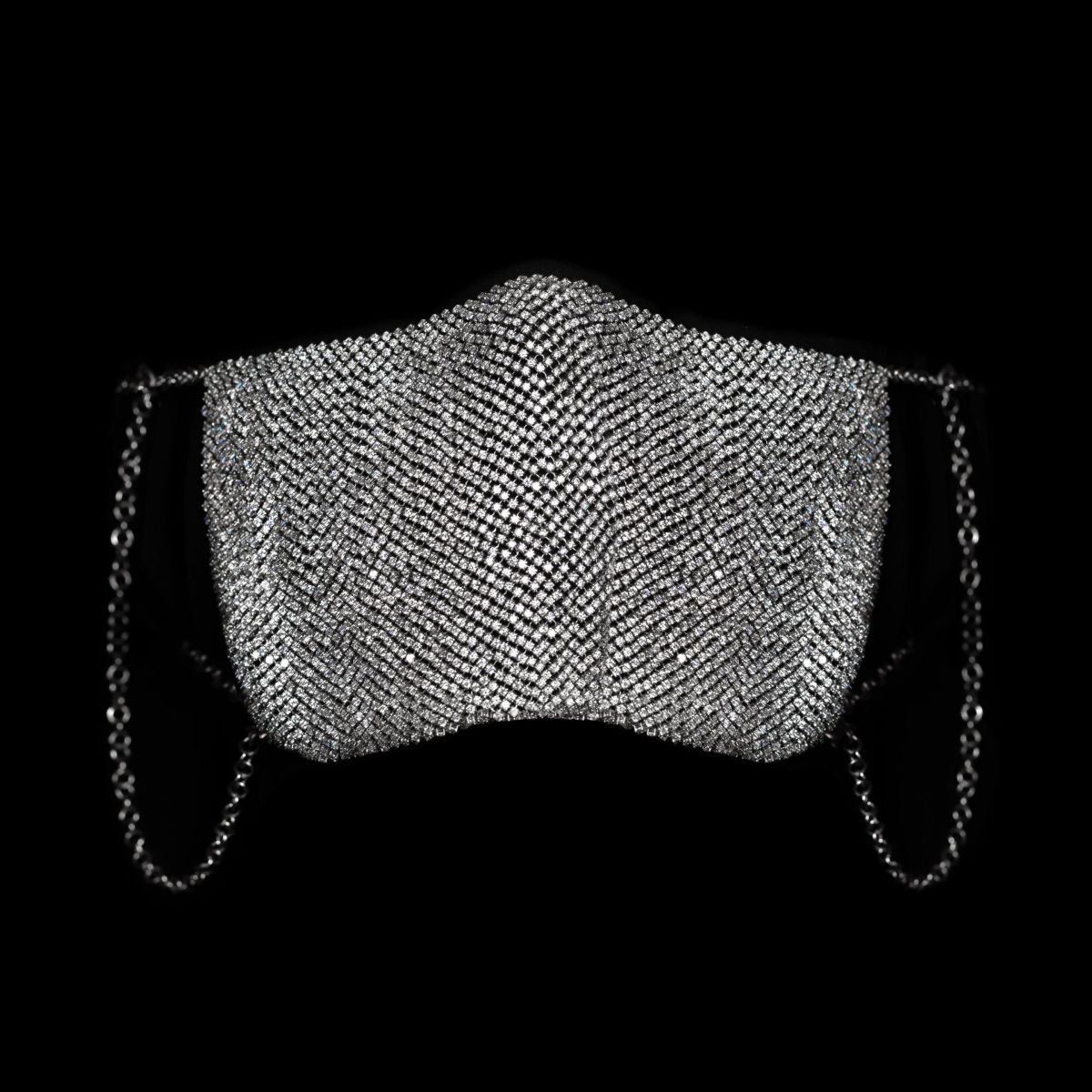
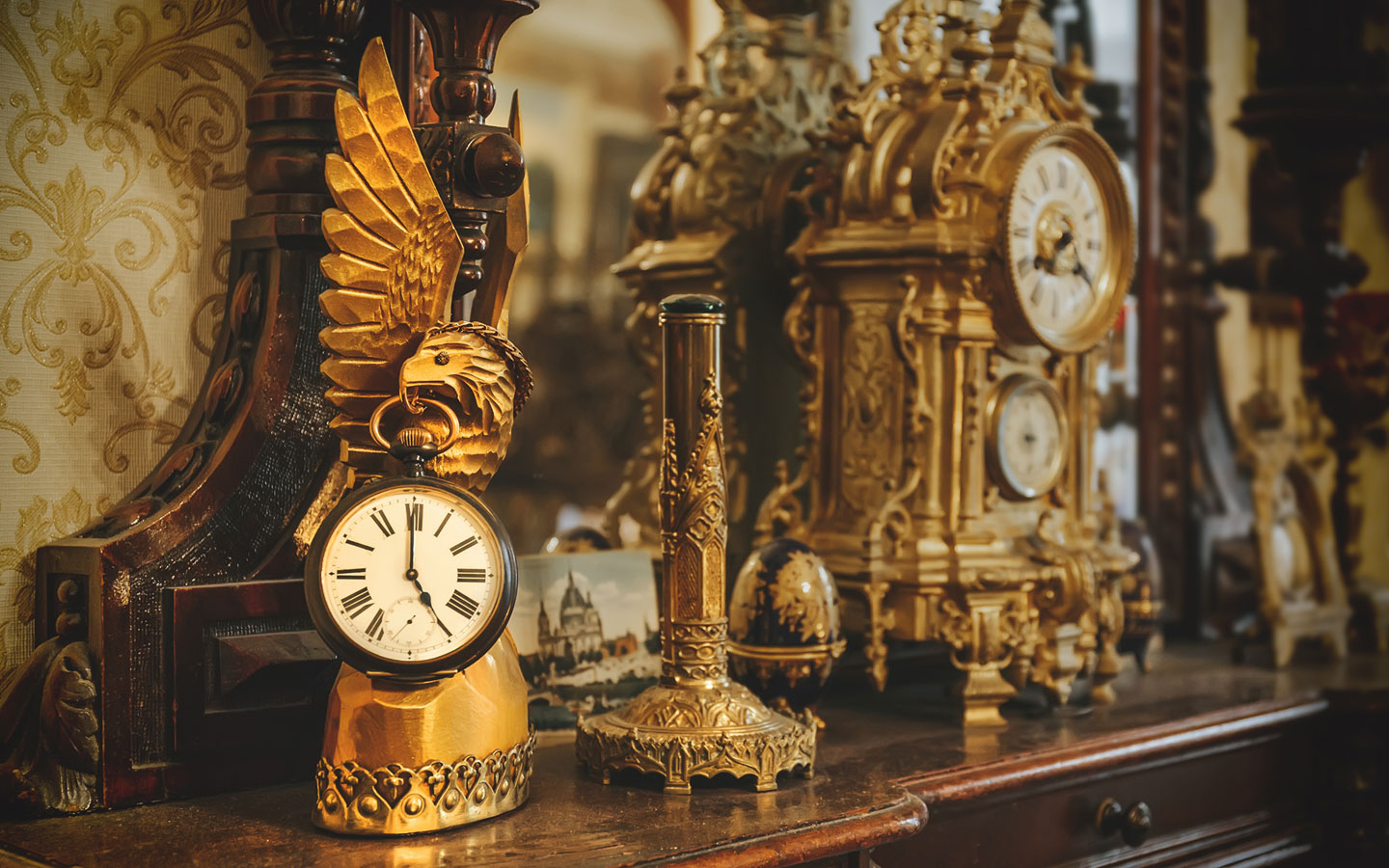
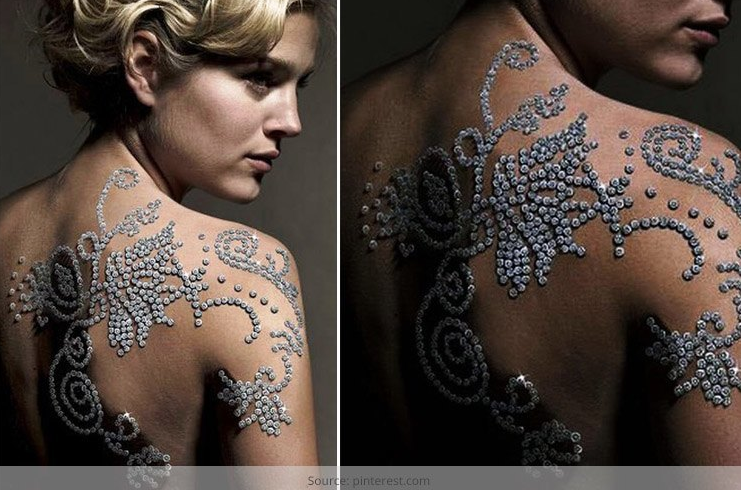
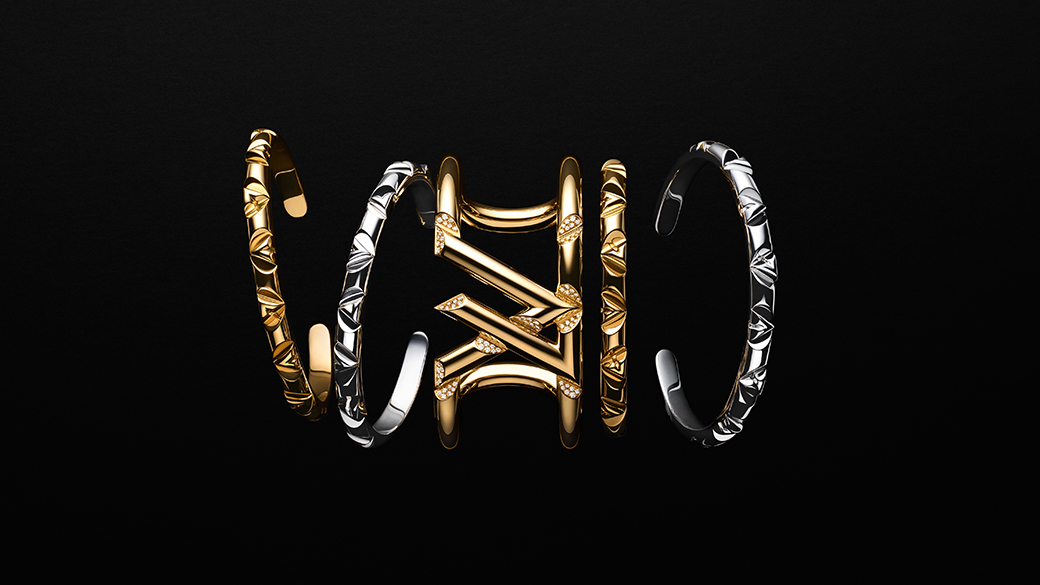
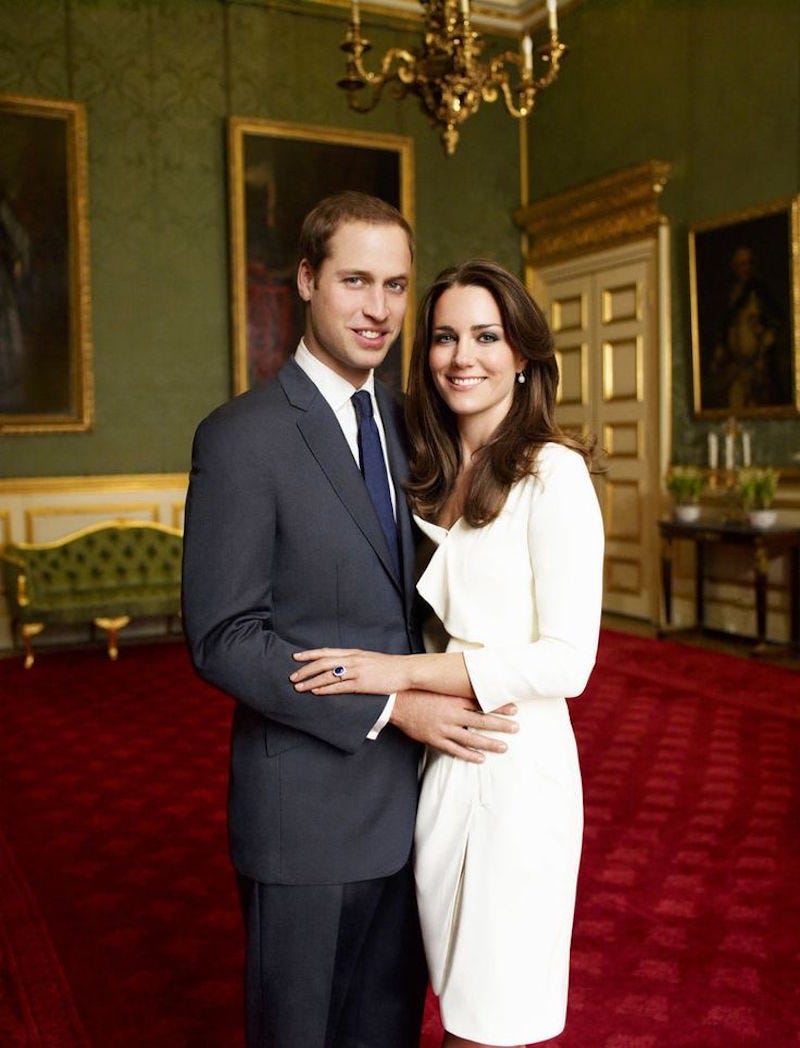

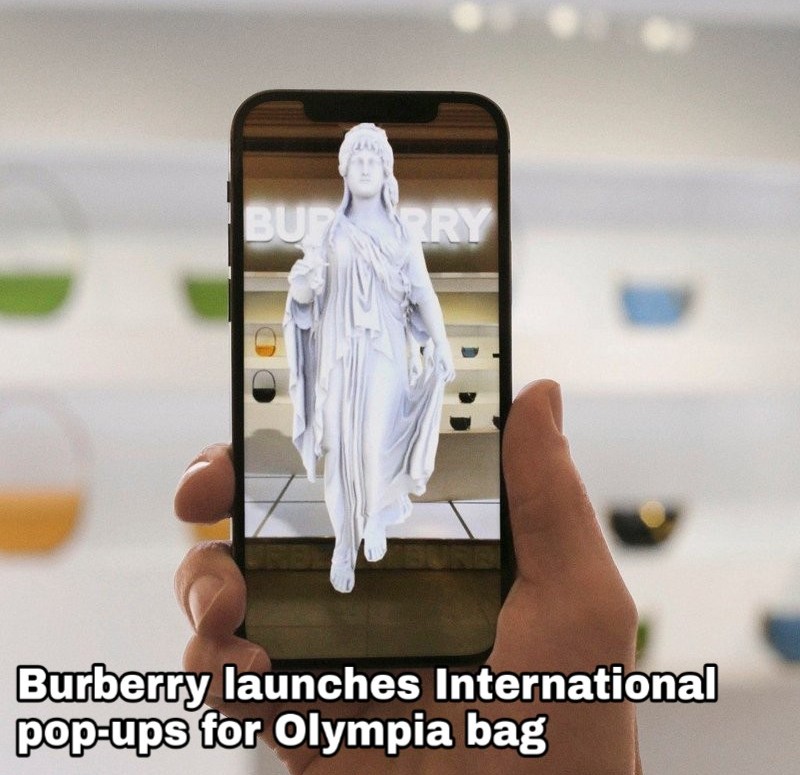
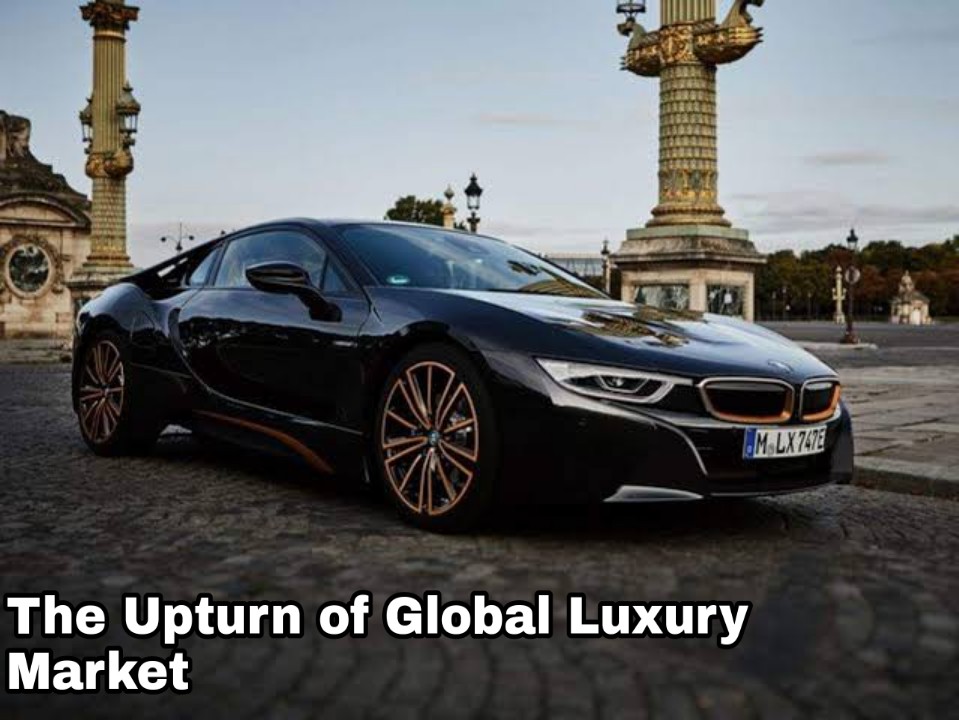
.jpg)
